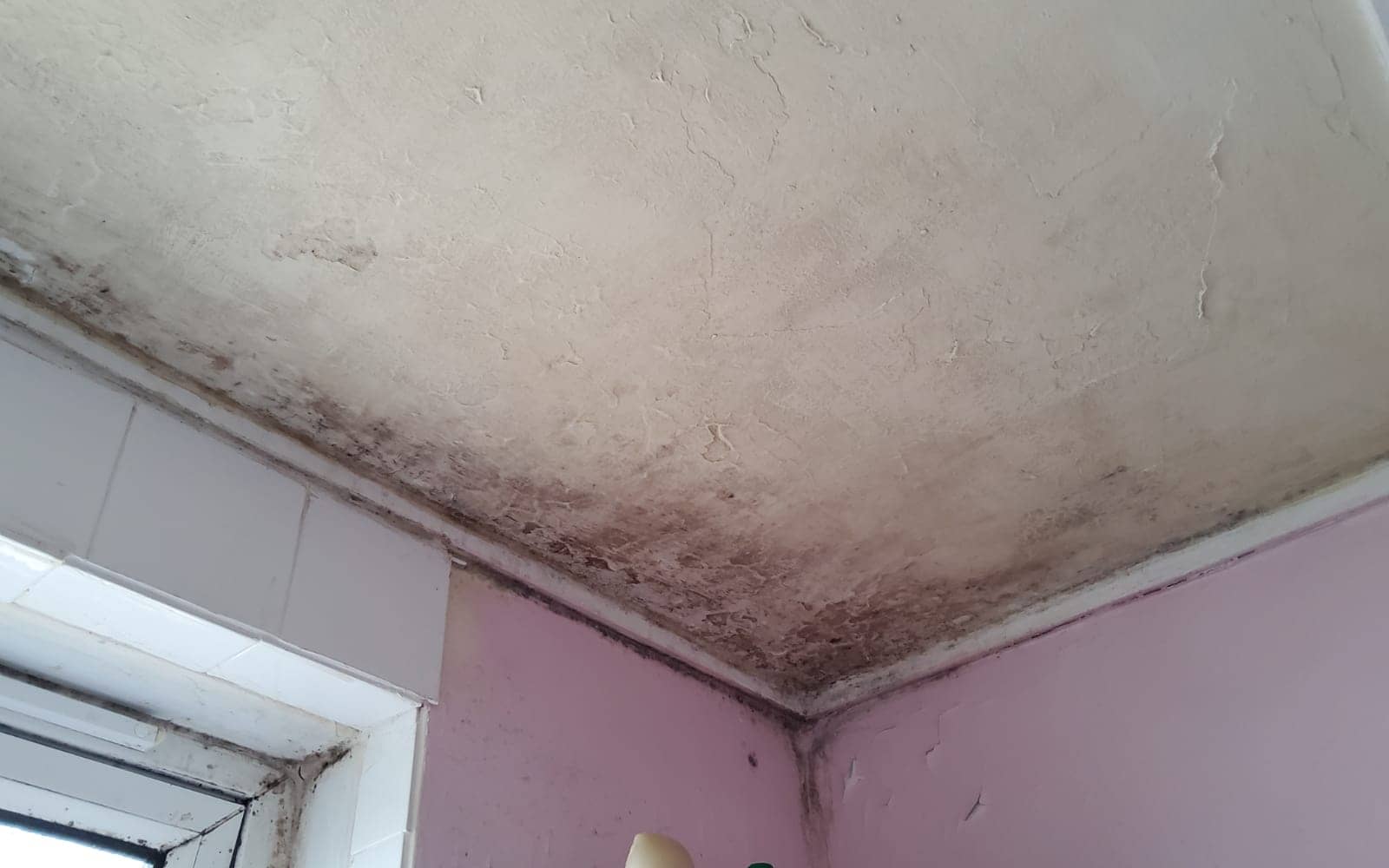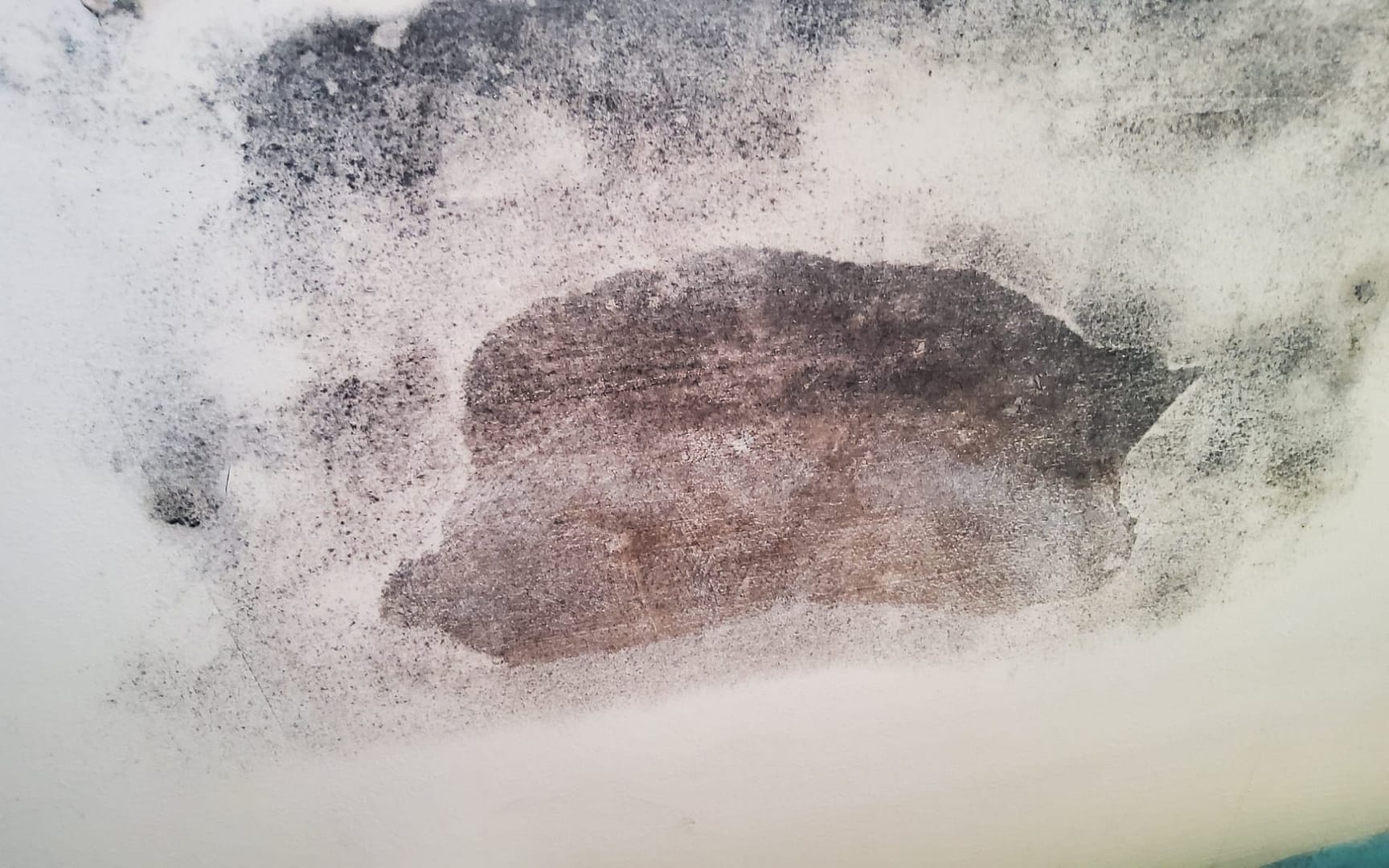Housing is more than just a shelter; it’s a sanctuary where we should feel safe, comfortable, and healthy. However, in many unfortunate cases, the very place that should nurture our well-being can become a breeding ground for a silent invader: mould. Mould in lungs because of poor housing is a distressing reality that affects numerous individuals, often leading to serious respiratory issues. In this article, we will delve into the alarming consequences of mould exposure due to inadequate living conditions, exploring how poor housing can directly impact the respiratory system and whether lungs can recover from the damage caused by mould. We will also provide further information on how to claim against your housing association or council for housing disrepair.
The Hidden Threat of Poor Housing
Imagine walking into your home after a long day, looking forward to unwinding and rejuvenating. Instead, you’re greeted by dampness, a musty odour, and unsightly patches of mould creeping along the walls. This scenario might seem like a minor inconvenience, but it’s far from it. Mould is not just an aesthetic nuisance; it poses severe health risks, particularly when it finds its way into our respiratory system.
How Does Poor Housing Affect the Respiratory System?
Mould is a type of fungus that grows in damp, poorly ventilated spaces. Left untreated, it releases tiny airborne spores that are easily inhaled. These spores contain allergens and irritants that can cause respiratory problems, particularly in people with pre-existing sensitivities. Homes with poor maintenance or inadequate ventilation create the perfect conditions for mould to thrive, exposing residents to long-term health risks.
The Respiratory Assault
When mould spores are inhaled, they can irritate the respiratory tract, leading to a variety of health issues. Common symptoms include coughing, wheezing, sneezing, and difficulty breathing. For people with asthma, mould exposure can worsen their condition, triggering more frequent attacks and increasing reliance on medication. Additionally, mould releases mycotoxins—harmful compounds that, with prolonged exposure, can contribute to severe respiratory problems and broader health complications.
Vulnerable Demographics
Certain groups of people are more vulnerable to the adverse effects of mould exposure. Children, the elderly, pregnant individuals, and those with compromised immune systems are at a higher risk of developing respiratory problems due to mould. Their bodies might have a harder time fighting off the effects of mould spores, making the impact on their respiratory health even more pronounced.
Can Lungs Recover from Mould?
The idea of mould infiltrating our lungs is undoubtedly unsettling. Once the damage is done, can our lungs ever fully recover from the assault they’ve endured?
The Resilience of Lungs
Lungs are remarkable organs with an impressive ability to heal and regenerate to some extent. In many cases of mild mould exposure, where symptoms are recognised early and the source of mould is eliminated, the respiratory system can rebound over time. However, this recovery is not guaranteed, and it largely depends on the individual’s overall health, the severity of exposure, and the duration of exposure. There are instances of fatalities caused by poor living conditions when in turn lead to being exposed to mould for an extended period of time.
Long-Term Consequences
In cases of prolonged and severe mould exposure, the respiratory system might struggle to fully recover. The repeated irritation caused by mould spores can lead to chronic inflammation of the airways, increasing the risk of developing chronic respiratory conditions such as chronic obstructive pulmonary disease (COPD) or bronchitis. The presence of mycotoxins can also contribute to lasting damage, potentially leading to persistent health issues beyond the initial exposure.
Seeking Relief and Recovery
If you suspect that mould exposure has compromised your respiratory health, seeking medical attention is crucial. A healthcare professional can assess your symptoms, perform relevant tests, and provide guidance on managing your condition. Treatment might include medications to alleviate symptoms, lifestyle adjustments, and, if necessary, addressing the underlying cause by improving your living conditions.
Making a Housing Disrepair Claim
Living in a mould-infested home due to poor housing conditions is not a situation anyone should endure. If you find yourself in such a predicament, you have the right to take action. One avenue to consider is making a housing disrepair claim. When the condition of your housing is substandard and affecting your health, you can seek legal recourse to compel your landlord or housing authority to address the issues. Consult with us at National Claims to understand the steps involved and determine if this course of action is appropriate for your situation. Our team of claims specialists will help you throughout the claims process.

How Much Compensation For Damp And Mould UK?
To find out how much compensation you can receive for your housing disrepair, it is best to fill out one of our claims forms that can be found throughout our website.
Conclusion
Our homes should be safe and comfortable, but poor housing conditions can turn them into health risks, especially when mould is involved. Prolonged exposure to mould can cause serious respiratory issues, and while our lungs can often recover from mild exposure, long-term or severe damage may have lasting effects.
Prevention is crucial—ensuring proper ventilation, keeping living spaces dry, and addressing issues like leaks or dampness promptly can significantly reduce the risk of mould-related health problems. Taking proactive steps, seeking legal advice when necessary, and staying informed about your housing rights can help ensure your home remains a place of health and safety.
Contact us today to be put in touch with one of our experienced claims specialists and start your claim for your housing disrepair.
Click below to see why we are one of the most trusted claims management companies in the UK.

We’re proud of our excellent customer reviews
We thrive on delivering exceptional service and ensuring our clients’ satisfaction. Don’t just take our word for it. Check out some of our independent reviews to see what our clients have to say.
Excellent

This firm is excellent, they sorted out my car pay out and injury claim very fast, they always communicate with you all the time.

My accident case was dealt with confidence and with great result of the outcome, especially James kept me informed all the time.

I was very impressed at the way my inquiry was treated. I was listened to attentively and everything I needed to know was explained to me.






